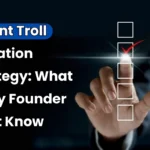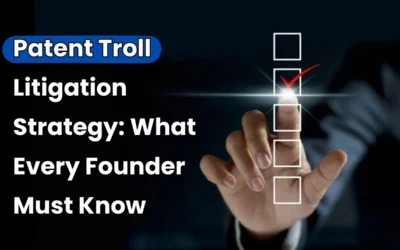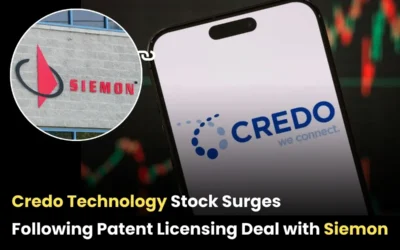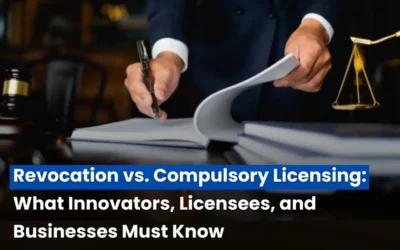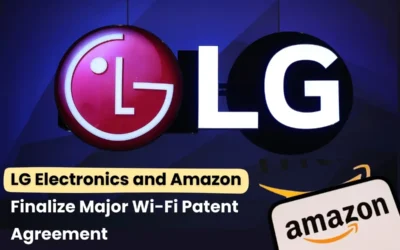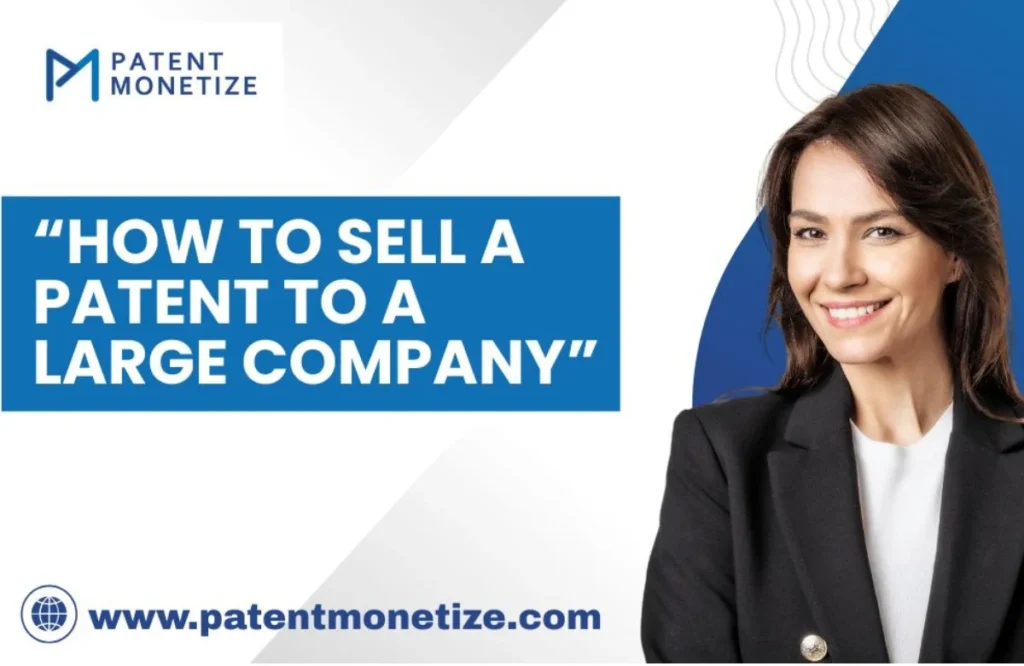
It could be advisable to sell a patent to a large corporation in the hope of profiting with your invention. As an independent inventor or part of a small company, it is important to know how to transfer intellectual property rights to a large player in your industry in the hope of successfully selling. We will guide you step by step through all that you would like to learn on selling a patent to a large company.
What is a Patent?
A patent is an adjective word that has been applied to a right granted to an inventor in law for sole ownership of the invention for a period of time. It guards against nobody else having the right to make, use, or sell the invention without permission. There are three types of patents on which patents may be issued: utility patents, which provide for new and useful invention or process; design patents, which provide for appearance or shape of an item; and plant patents, which are given for plant of new variety.
Why Selling a Patent Is a Good Idea
It can be easier for solo inventors to sell a patent to an umbrella corporation than it can be for them to invent and market the idea by themselves. It has money, distribution channels, and the necessary capital to market concepts en masse. By selling a patent, you allow yourself to create and cause an invention, and someone else does business for it.
Steps to Sell Your Patent
Step 1: Make Sure Your Patent Is Legally Issued
Make sure the patent has been issued and not pending when selling a patent. Even though some companies may be interested in purchasing a pending patent, most would be interested in purchasing already approved and registered patents with the United States Patent and Trademark Office (USPTO) or the concerned authority. An issued patent provides assurance and enforceability in law to your offer.
Step 2: Figure Out the Worth of Your Patent
It’s difficult to put a price tag on a patent, but someone needs to do it in order to determine a truthful price to sell it for. The price is determined by a variety of factors like market potential for the invention, the extent to which the technology is proprietary, the extent to which it fills the existing industry trend, and if it is a competitive edge or not. Expert opinion from a patent valuation specialist or an experienced attorney can give a reasonable estimation of what your intellectual property truly is worth.
Step 3: Find Possible Buyers by Research
Start by searching for companies that are in the same line of business as your invention. Large companies would normally seek to acquire technology that falls within their line of business or product. Research their portfolios and see if they ever acquired such similar patents in the past. Identify companies that will have a direct benefit through your innovation, e.g., simplify things, save money, or access new markets.
Step 4: Develop a Strong Pitch
Having established your target customers, you will now have to develop a professional and strong pitch. It should be concise and to the point in explaining what your invention is, how it works, and most importantly, how it addresses a problem or offers value to their business. Keep your presentation concise but powerful, in plain language, particularly when pitching to non-technical CEOs. Having inclusion of any research statistics available, market trends, and possible return on investment as a bonus to your advantage is always appreciated.
Step 5: Protect Your Intellectual Property Before Sharing
Before revealing confidential information regarding your patent, request interested companies to sign a non-disclosure agreement (NDA). This shields your idea from duplication or misuse prior to selling it. It is recommended that a legal expert draft or review such agreements to protect your rights.
Step 6: Meet the Right Decision-Makers
In order to sell a patent to buy it effectively, you will have to speak to people in the company who are authorized to make a spending decision. Examples include research and development managers, product managers, innovation officers, and members of a merger and acquisition team. Network on LinkedIn, trade shows, and business directories to arrange meetings.
Step 7: Negotiate the Sale
If a company lets you know they would like to buy your patent, you negotiate. Be ready to negotiate about details such as sale price, terms of payment, method of transferring ownership, and whether you receive rights to the invention. Companies will occasionally send you a license agreement instead of a direct buy, with royalties paid in the future. Have your bottom-line demands ready ahead of time before you negotiate, and always have an attorney represent you.
Step 8: Lawfully Complete the Agreement
Once you have reached an agreement, lawfully conclude the sale by executing a lawful agreement. Express all the sale terms like terms of payment, patent ownership transfer, confidentiality conditions, and all other terms post-sale. Legally document the patent assignment with the USPTO or the intellectual property office of your country too.
Read Also: The Complete Guide to Patent Acquisition Process in India 2025
Additional Tips for Selling a Patent Successfully
Think about visiting industry conventions or invention shows to get in touch with executives from companies. Selling your patent on intellectual property marketplaces such as Idea Buyer, Patent Mall, or IAM Market will put your patent in front of more individuals. You can also desire a patent broker to find buyers and negotiate on your behalf if you do not know the legal or business sides of selling a patent.
Common Mistakes to Avoid
Most inventors attempt to get rid of pending or badly drafted patents, which decrease the confidence of the buyers. Exaggerating the worth of a patent without conducting factual valuation will deter potential buyers. Not protecting confidential information or not getting an NDA prior to disclosure are also dangerous activities that will result in losing ownership or credit for your invention. Lastly, pitching companies without a solid business case for your invention will result in missing opportunities.
Read Also: What Are Utility Models and How to Monetize Them Effectively
Conclusion
It is a rewarding experience selling a patent to a big company if you possess a valuable, well-documented, and salable invention. It entails serious research, good communication, protection through the law, and careful solicitation. If you do everything correctly and avoid pitfalls, you can make your patent a commercial commodity that is profitable to you as well as the buying corporation.
